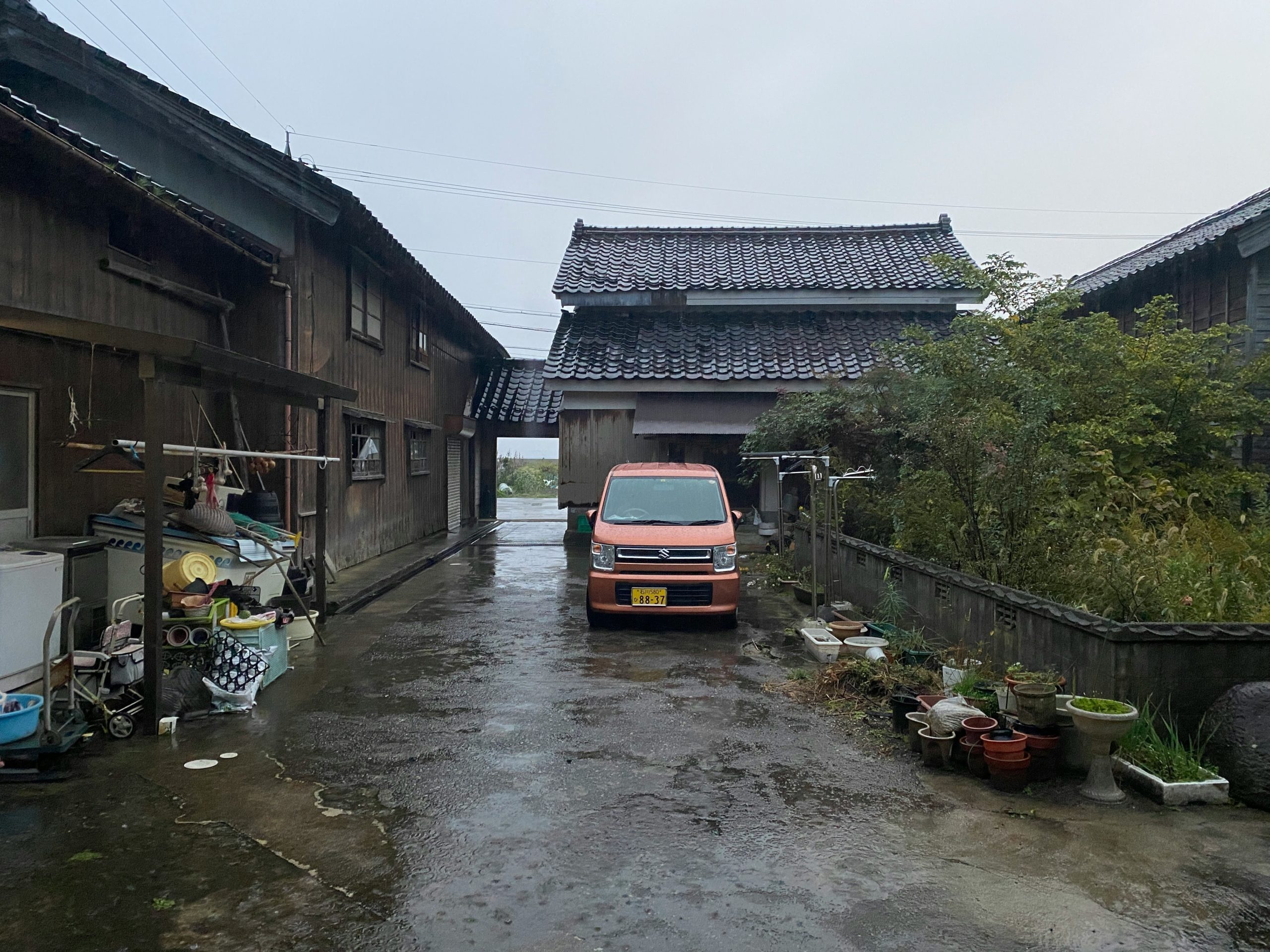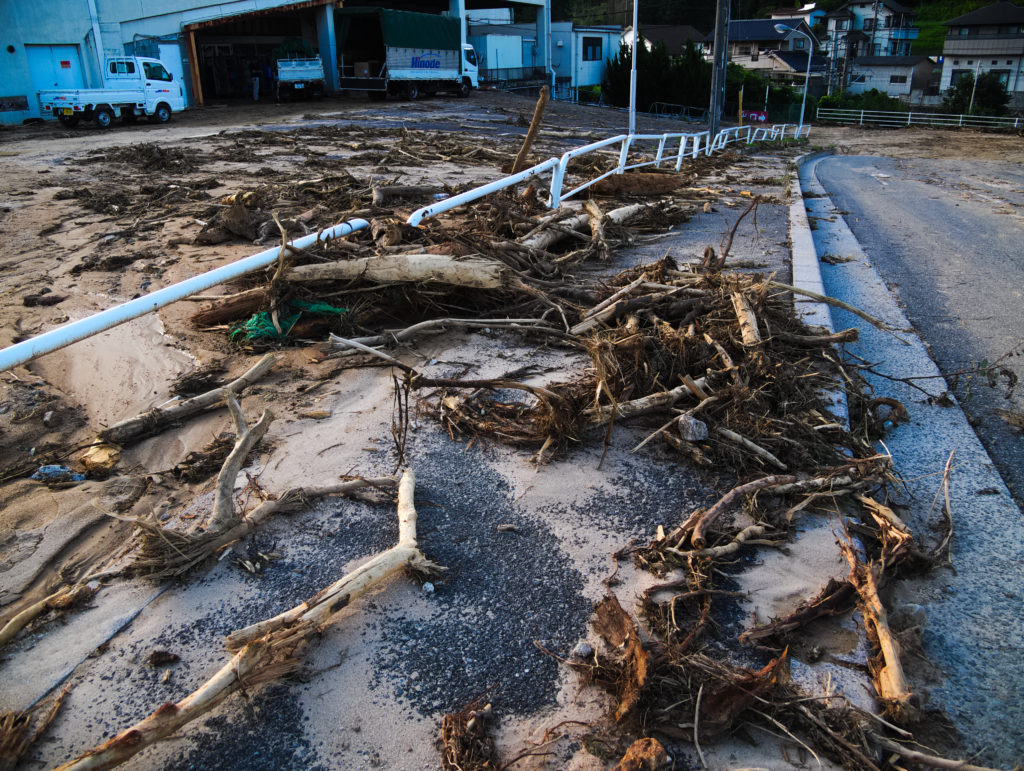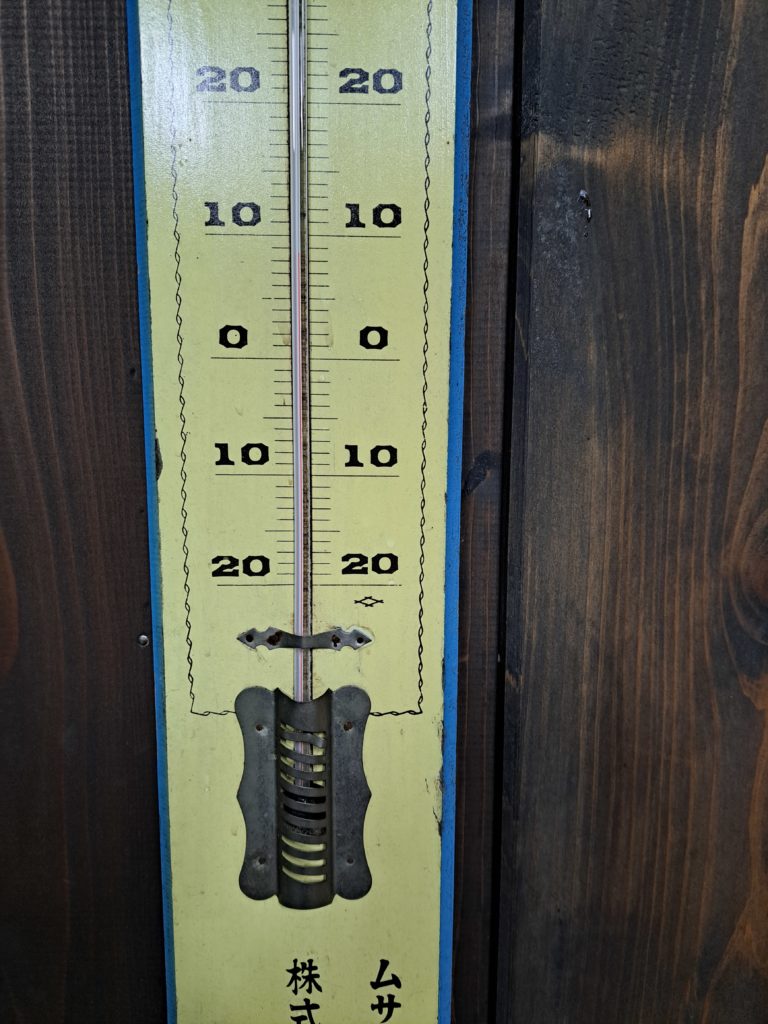Nowhere to Run: Sake Brewing and Climate Change

Japan and its sake breweries are no strangers to natural disaster. One extreme example is the tight cluster of breweries around the famed “Miyamizu” hard water source in the historical sake brewing area of Nada (modern-day Kobe), which were destroyed by the Great Hanshin Earthquake in 1995. Another is the breweries scattered along the east coast of Tohoku that were hit either directly by the 2011 Great East Japan Earthquake and tsunami, or indirectly through lost sales caused by the crisis at the Fukushima Daiichi nuclear power plant. And of course the dozen sake breweries on the Noto Peninsula, home of the Noto Toji guild, which were devastated by a violent quake on New Year’s Day 2024. Earthquakes are a fact of life in Japan, but now a complex and potentially avoidable threat is also growing: climate change.
Abnormal weather caused by global warming is affecting sake breweries in ways both big and small. Devastating floods damaged breweries in Hiroshima in 2018 and 2021, in Saga in 2019, and in Akita in August of 2023. One brewery was unfortunate enough to have been flooded twice in the space of only four years: Fujii Shuzo in Takehara City, Hiroshima were hit by extreme rain in July 2018, leaving them unable to ship any of their sake and forcing them to dispose of over 4,000 bottles of their signature Ryusei label. The damage was so bad that fifth generation owner Yoshifumi Fujii worried it would also delay their usual October start to the brewing year. Extreme weather once again came back to haunt them in July 2021 when the brewery, their adjacent shop, and restaurant were all flooded once again when an area-wide evacuation alert was issued after six hours of the heaviest rainfall the town had ever seen. The downpour continued for another six hours and a nearby irrigation canal overflowed from the sheer amount of rainwater cascading down from the nearby mountains, leaving the ground floor of the brewery submerged in up to 90 cm (nearly 3 ft.) of floodwater. The flooding was even worse than in 2018, leaving the area with no water supply, roads made impassable due to subsidence, and damage to the town’s historical district. Even worse, although Fujii Shuzo were actively moving their stock to an external warehouse after the previous floods, they had large quantities of sake on site due to slow sales during the pandemic and were forced to dispose of another 10,000 bottles, as well as a range of products stored at their retail outlet.

Even more exposed to the weather is the agriculture industry; specifically rice farmers. Sake translator and writer Jim Rion, author of Discovering Yamaguchi Sake, is well aware of the challenges facing his local sake rice farmers. He notes that last year’s harvest was delayed due to typhoons, with high winds causing extensive damage in the fields. Ever-resourceful, the farming community has developed methods of salvaging the plants: a skillfully maneuvered combine can push the fallen stalks upright, allowing the rice to be harvested. But this takes far longer than harvesting an undamaged field, and is only possible if the heads of the rice plants have not made contact with the ground. On top of that, rice from damaged plants has to be handled separately to ensure the main harvest is not contaminated. Heavy rains delayed planting in Yamaguchi by about two weeks this year, which not only pushes the harvest date further into typhoon season but also leaves the young rice plants vulnerable to pests that have already developed. Jim fears that the same pattern will repeat again, impacting yields of sake rice and leading to predictable knock-on effects for brewing.
The effects of climate change are not limited to the warmer summer months either. Iwamura Jozo Brewery is cradled in the foothills of southern Gifu Prefecture, an area known for its previously mild climate and geological stability (there was even a brief campaign to relocate some central government functions to the area as it has a lower risk of catastrophic earthquakes than Tokyo). Set on the winding road approaching the remains of one of Japan’s finest mountain castles, the old brewery buildings merge perfectly with the rest of the preserved old town as if frozen in time since the Edo Period. But when I visited in November 2022, all was not well in these idyllic surroundings. Brewery owner Mitsuteru Watarai stepped quickly around three sake brewers cooling rice to go into the main ferment as he showed me around, and invited me to climb up to look inside one of the tanks. I did, and immediately glanced back at him in confusion. He jumped up to see what I was seeing and grimaced before explaining that they had added some of the brewing water in the form of ice cubes, as it was hotter than he would like for brewing even in November. Rising temperatures in the area also meant he could no longer secure enough of his favorite sake rice, Hidahomare, and was waiting for Gifu Prefecture to develop a new variant that grows better in higher summer temperatures.

Another Gifu Prefecture brewery has already taken more extreme measures to deal with the threat of global warming. Michizakura Shuzo was founded in 1877 in Nakatsugawa, about 25 km north-east of Iwamura towards the border with Nagano Prefecture. Faced with a crisis in the form of replacing Meiji Era facilities on top of the challenges of making sake in warmer weather, they accepted an offer in 2020 to start brewing sake in the town of Higashikawa in Hokkaido, nearly 1,500 km to the north. The average temperature in Nakatsugawa was 14.0°C, whereas in Higashikawa it was just 7.4°C. Sixth-generation owner Koji Yamada speaks clearly of the advantages: colder weather in winter means steamed rice cools faster, the brewery spends less time and power on cooling, the risk of contamination is lower and fermentation is easier to control. Lower temperatures also mean he can extend his brewing period by three months, from the previous October–March in Gifu to September–May in Hokkaido, so he can relax his brewing schedule and give the brewing team ample time off. It’s not only a more sustainable process, but also helps him retain his staff.
Yamada hopes the move will keep the brewery going for the next 100 years, but also sounds a note of caution: there is nowhere to run from climate change. The mere fact that rice can now be grown easily in Hokkaido is proof that temperatures are increasing there as well. He expects that the next generation to run the brewery will be alright, but beyond that the future is still in question.
Links
- Jim Rion: IG yamaguchisake Mastodon https://famichiki.jp/@YamaguchiSake
- Fujii Shuzo: IG ryusei_sake, site https://www.fujiishuzou.com/
- Iwamura Jozo: IG iwamura_jozo, site https://www.torokko.co.jp/
- Michizakura: site https://michizakura.jp/
References
- Sake Industry News #1 September 2019 (newsletter)
- Ochoko Times Oct 2021 (newsletter)
- Sake Industry News #93 August 2023 (newsletter)
- Sake Deep Dive Matsuri (for Patreon supporters only) July 2023
- Visit to Iwamura Jozo November 2022
- Global warming pushes Gifu sake brewer north to Hokkaido town (Asahi.com, 7 July 2020)
- Sake Production Looking Ahead to a Hundred Years in the Future — Relocation of a Sake Brewery out of the Prefecture (Climate Change Adaptation Information Platform (A-PLAT), interview 17 May 2021, published 8 Oct 2021)
- Fujii Shuzo blog 8 July 2021
- Sankei News 28 July 2018
- Saketimes 3 August 2021
Photo Credit
<ahref="https://commons.wikimedia.org/wiki/File:2018_Western_Japan_flood_damage_Hiroshima_prefecture_P7096757_(28427786177).jpg">khws4v1 from Hiroshima, Japan</a>, <a href="https://creativecommons.org/licenses/by-sa/2.0">CC BY-SA 2.0</a>, via Wikimedia Commons